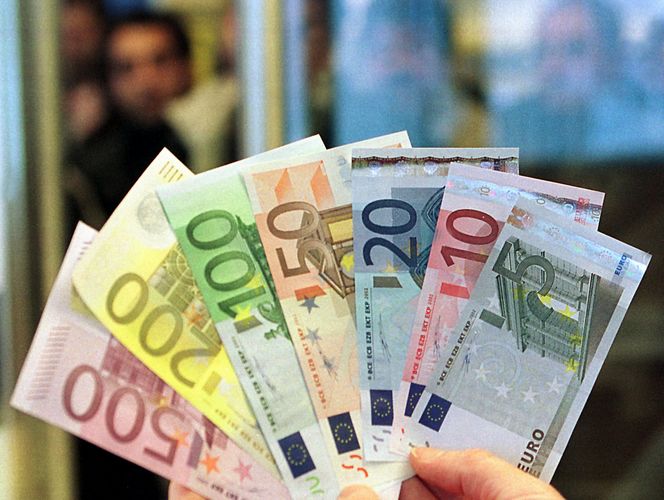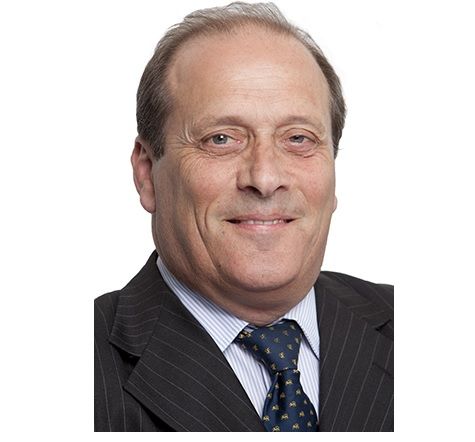It is an old wisdom that “If it ain’t broke, don’t fix it.” Thus, if it is “broke”, does it not follow that something must be done to fix it?
As of this morning, the respective 5-year bond yields in the most world’s most indebted developed country, Japan, and in the only one which is on the verge of achieving a “black zero” budget (that is zero deficit and zero surplus) Germany, are both at zero percent. In other words, no return at all.
Now, I might stand accused of being a grumpy old git who doesn’t understand that the world has changed, but I went through that at the end of the last century when, during the dot.com boom I was being pilloried for suggesting that a company with no assets, no sales and no earnings could not have a soaring stock price. I was fended off with some nonsense about a “new economic paradigm. By March 2000, it was conclusively proven that the said new economic paradigm wasn’t worth a pair of dimes. Between March 2000 and October 2002 the NASDAQ index fell from its peak of 5,132.52 points to 1,108.49 points. Now, 15 years on, we have yet to get back to those highs. Net of inflation – the US CPI index stood at 171.20 in March 2000 and was at 236.15 at its last reported reading for November 2014 – it is still well behind where it was. New economic paradigm, my foot!
We are currently looking at, let’s face it, an interest rate structure which has been shaped by more nips and tucks than Dame Joan Collins’ smile. The economy is on life support, and rather than the patient showing signs of improving, the power is being consistently increased just to keep him alive in a persistent vegetative state.
Yesterday I was talking to one of my clients who had just returned from a presentation at the mighty house of Goldman Sachs. There, it would appear, the tail of the Fed tightening donkey has been pinned in September 2015.
No rising on the horizon
Overnight, I exchanged notes on the subject with my great friend Alex Moffatt of J Palmer & Sons in Melbourne – as commodity exporters, the Australians have no room to fool themselves as to the actual state of the world economy – and we agreed that neither of us can yet see US rates rising at any time during 2015.
I put out a piece in 2012 (or maybe it was 2011) which argued that the problem we are facing is that we have central bank policy which was created in the late 20th century based on economic theory written in the Western-centric mid-20th century, but which is trying to deal with problems prevailing in a globalised economic environment in the early 21st century. I think I titled the piece along the lines of “Old wine in new bottles”. Things have not changed. It still seems to be about throwing new kitchen sinks after old kitchen sinks.
When the point comes when the government simply issues debt for the central bank to buy, there has to be something fundamentally wrong with the system. Issuing more and more into a QE programme until returns across the curve end at zero is not sustainable. If it isn’t sustainable, it has to be wrong. This has nothing more to do with markets. It is about creating a large artificial edifice today with no regard to what might happen to it and to those who inherit it at some time in the future.
The Crash of ’29 led to the Great Depression which was, for better or for worse, nothing other than one massive, though extremely painful, post-hubris catharsis. Our current authorities decided that the Great Credit Boom of the early years of this century was not going to be followed by the self-levelling effects of a major correction by way of a Great Credit Bust. They thus decided that, by hook or by crook, the credit taps must remain open. Folks were going to borrow to consume, whether they wanted to or not. Withdrawing from the consumption process and only spending what they knew they could afford was not going to be permitted. Borrow and spend or die.
If I look at interest rates across the developed world, I see nothing which gives me the feeling that they have anything to do with demand and supply. It was once that the central banks set the front end and that market forces determined the rest. What used to occur in foreign exchange markets when the central banks “were in” now stretches to debt markets too.
In order to achieve the aim of determining the rates, the central banks have to have the fire-power to outspend the rest of the market. However, if the price levels are driven beyond equilibrium and it is the central bank which is cornering the market, then it will be the citizen taxpayer who will end up bearing the cost when the bubble deflates, whenever that may be.
Traders and investment managers might be enjoying the bull market but when the first five year Bund Obligation or five-year JGB is issued with a zero coupon, they might think again. There is something horribly wrong in the system and when the Bundesbank officials try to make this clear they find themselves treated like little green men with the pox. The ECB might step forward with its QE programme on January 22nd, but that will be proof that all is wrong, not right.
At the week-end millions demonstrated in France and across Europe in favour of the inalienable right to poke at and to question orthodoxy. Perhaps the time has come for us to do a little bit more of that with respect to economics, monetary policy and political expediency.

